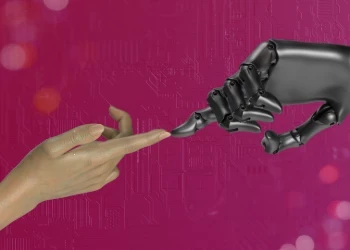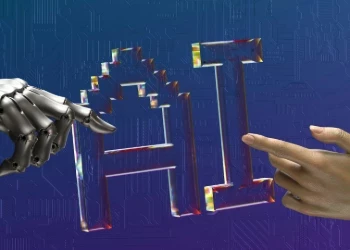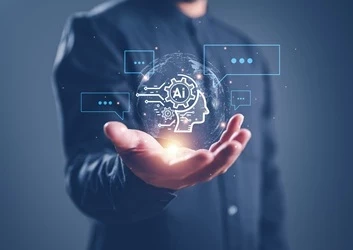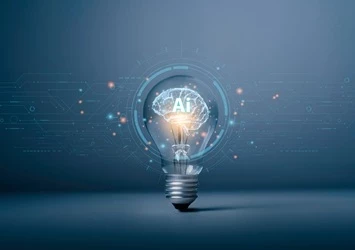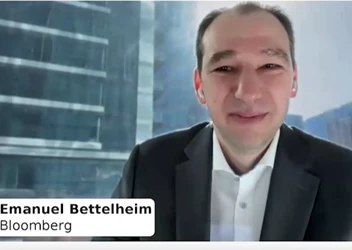Inside Mayo Clinic’s AI Factory
How Mayo Clinic is looking to use AI to enhance patient care and clinical decision making
Add bookmark
One of the most consequential applications of artificial intelligence (AI) and machine learning (ML) is medicine. Though medical AI is still in its infancy, experts predict that within the next decade, AI-powered technology will enable healthcare providers to dramatically increase the speed, accuracy and quality of medical care from diagnosis to recovery.
At the forefront of this endeavor is Mayo Clinic. By combining substantial internal investments with a number of strategic partnerships, Mayo is building out an incredibly impressive AI research apparatus that rivals some of the biggest tech companies. In fact, the Wall Street Journal described Mayo’s approach to AI development as an “AI factory model” or “an assembly-line approach to artificial-intelligence development, where small teams use a common set of software tools and procedures to speed the production of AI applications while cutting costs.”
This approach has allowed the organization to basically pump out innovative AI initiatives, some of which may have lasting value. Here’s a look at just a handful of the major, potentially revolutionary AI projects they’re working on.
Become an AI Data Analytics NETWORK member today!
Premium content. Expert insight. Instant access. All for FREE.
Mayo + Google = Uncharted Innovation
In 2019, Mayo Clinic and Google announced a 10-year partnership designed to “transform the healthcare institution’s uses of patient data, artificial intelligence and cloud-computing services across all its work from care delivery to product development.”
In the almost 3 years since this initial announcement, Google and Mayo have unveiled a number of highly ambitious medical AI projects. For example, in October 2020, Mayo Clinic and Google revealed they were developing AI techniques to help accelerate the process of planning radiotherapy treatments, leading to more effective and efficient cancer care.
Planning and preparing a patient for radiation therapy is an enormously time consuming process. One area that is especially time intensive is contouring, whereby physicians have to draw lines around sensitive organs on scans to ensure the radiation attacks the cancer, not healthy tissue. This process alone can take up to seven hours.
However, Google and Mayo believe machine learning could help clinicians complete these tasks significantly faster. As Cían Hughes, M.B., Ch.B., informatics lead at Google Health explained in the original press release, "We see huge potential in using AI to augment parts of the contouring workflow, and hope that this work will ultimately enable a better patient experience and help patients get the treatment they need sooner."
Another example of the joint team’s potentially groundbreaking research is their neurostimulation algorithm. Developed by the Mayo Clinic and the Google Research Brain Team, this new algorithm will be able to more accurately map out the interaction between different regions of the brain.
Though the project still has a ways to go, “Our findings show that this new type of algorithm may help us understand which brain regions directly interact with one another, which in turn may help guide placement of electrodes for stimulating devices to treat network brain diseases,” Kai Miller, MD, PhD, a neurosurgeon at Mayo Clinic and the first author of the study, said in a press release.
The Remote Diagnostics and Management Platform (RDMP)
Another promising AI-project is Mayo’s Remote Diagnostics and Management Platform (RDMP), a platform that connects data with artificial intelligence (AI) algorithms to deliver decision-making insights within existing clinical workflows. As part of this initiative, Mayo has partnered with AI company nference to form a new entity, Anumana Inc. Built to develop and commercialize AI-enabled algorithms, this new digital sensor diagnostics solution will apply nference AI to Mayo’s vast repository of heart health and ECG data to help clinicians diagnose heart disease earlier and more accurately.
Paul Friedman, M.D., chair of the Department of Cardiovascular Medicine at Mayo Clinic in Rochester, who led the team that developed the algorithms, commented in the original press release, "Undiagnosed heart disease affects millions of Americans and people across the globe. For many conditions, such as a weak or thickened heart pump, or silent arrhythmias, effective evidence-based treatments exist that can prevent heart failure, stroke, or death. The key is to detect the disease before symptoms develop to prevent these events from happening. The addition of AI to the ECG, a ubiquitous and inexpensive point-of-care test that is already integrated into medical workflows, makes this approach good for patients, convenient for clinicians, and massively scalable."
However, that’s not all. To help ensure this new AI has access to the data it needs, Mayo also launched Lucem Health Inc., a new platform for connecting remote patient telemetry devices with AI-enabled algorithms. This will allow Mayo and its partners to collect, orchestrate, and curate data from any device, especially those used for telemedicine.













